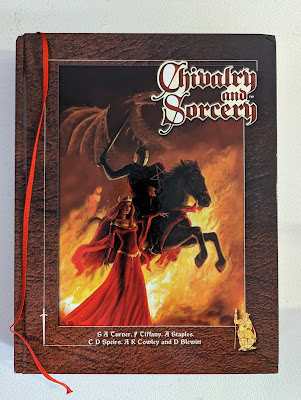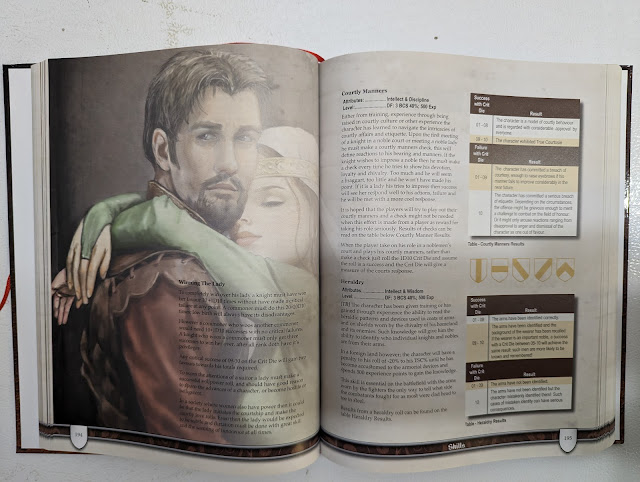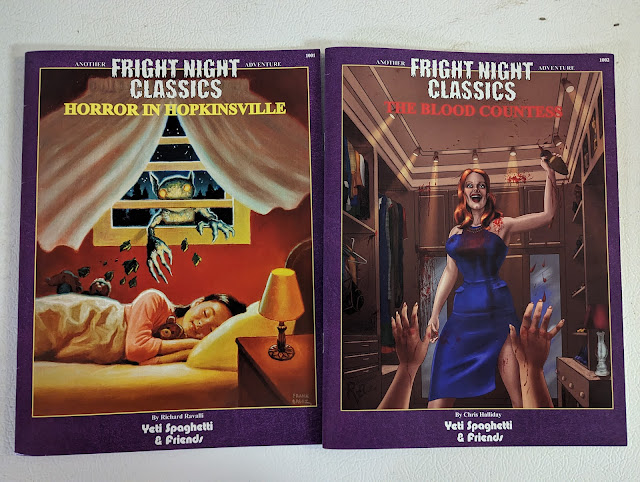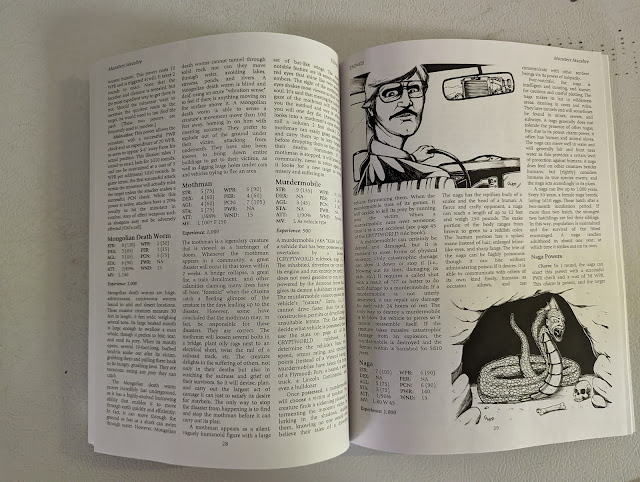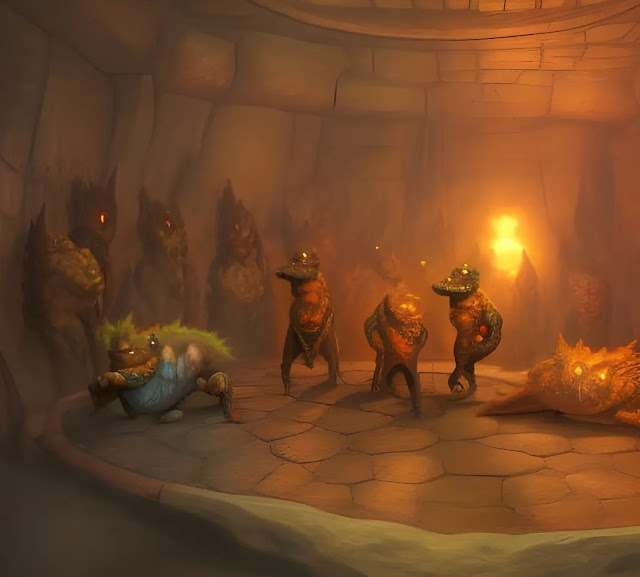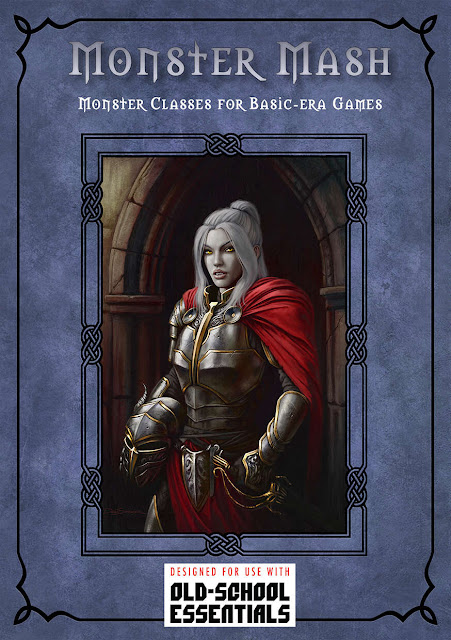Like my last conversion, this is not going to be a full conversion but rather a character with a high concept. While the OGL kerfuffle has more or less died down into a steady state of noise, the issues brought up then are still good now. There are more games out there than just D&D5.
Today I am converting a major NPC of my Second Campaign to Castles & Crusades.
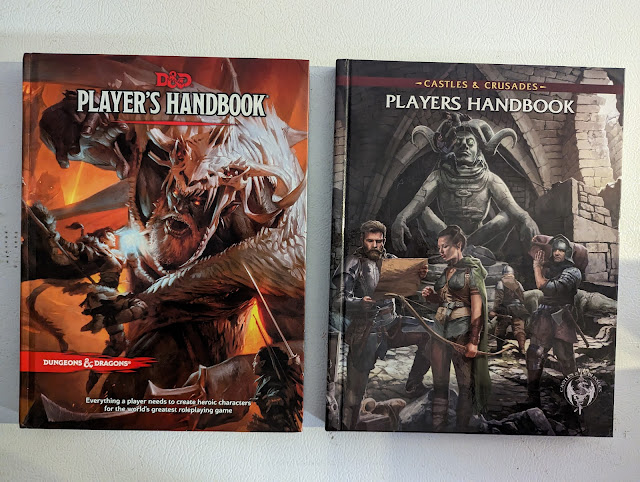
I have often said that Castles & Crusades is the spiritual descendent of AD&D, so let's see how that works out.
So in truth this one is likely to be very easy in terms of game system. The Second Campaign is made up of a lot of AD&D 1st ed and BECMI D&D adventures. Ones I enjoyed but were not part of the Gygaxian-cannon. Other adventures for it to help fill in some gaps are all solid OSR ones. So converting the actual adventures was something I had to do anyway to make them work for D&D 5e. Now I am converting them to Castles & Crusades and that conversion is so much easier.
The Second Campaign began, much like the Order of the Platinum Dragon/Come Endless Darkness, as an AD&D 1st Ed/OSRIC game and, for a brief moment, as a BECMI game. Over the years, it morphed into other things until it settled as a 5th Edition game.
The next adventures for this campaign have been fairly well decided:
The
Desert of Desolation series:
With the
Desert Nomads/Temple of Death series:
And then the two stand-alone adventures:
My NPC going along with the group then is a traveling scholar. I wanted her to be something of a magical dabbler, an occultist, and lore expert. Given the desert theme here I was thinking of someone like Rachel Weisz's character Evelyn Carnahan from the 1999 movie The Mummy. I
The Character: Celeste Holmes
Celeste is a character concept that has seen a few iterations over the years. This current Celeste is as much Charlie Bradbury from Supernatural as she is Evelyn Carnahan. There is also a bit of Poppy Kline in her from the Magicians series. Both characters, Charlie and Poppy, were played by Felicia Day, so it makes sense that she looks like her. Given the Basic-era roots of the character giving her the last name of Holmes seemed to be the right thing to do. Very recently I also remembered that Celeste, as she is presented in D&D 5 for me, is also a nod to "Lady Nyctasia Selesqe Rhaicime brenn Rhostshyl ar'n Edonaris" of the Silverglass series, a witch and noble who pretends to be a student and bard. I always pronounced her "middle" name, Selesqe, as "Celeste."
Also, Celeste is not the firepower of this group. She is the translator and the one who sets up the shield spells and figures out what monsters will attack or talk.
In D&D 5e Celeste is a Wizard/Bard multiclass. This gave her a lot of skills and some magic, but not as much as her level might suggest. She is not a combat character, so feats largely went to improving how many languages she knew.
She has 5 levels in Wizard (Order of Scribes from Unearthed Arcana then Tasha’s Cauldron of Everything) and 1 in Bard (College of Lore). Again to get a few more cantrips and 1st level spells, but mostly for the skills. I see her Bardic inspiration as being able to urge the team on with her pep talks.
What would she be like in Castles & Crusades?

Castles & Crusades has a lot of "multiclass" options, and they would all work for her. But there is one I think is suited to her concept the best. Celeste is a "Class and a Half."
I mean, it fits her concept well, and it is a uniquely Castles & Crusades option. She is a 5th-level Wizard/1st-level Bard, so in C&C Class-and-a-half, that will make her a 5th-level Wizard, giving her 2nd level in Bard (main class divided by 2 and rounded down).
She would need more experience points than a Wizard alone. So Wizard plus 1/2 of Bard per level.
She gets all the same powers, spells, and abilities of a Wizard here, plus some bard. The C&C Bard is not a spellcasting one, but they get some powers. The half-class bard does not get the Fascinate or the Exhort Greatness powers. Exhort Greatness is a 9th-level power, so it would not be an issue until she is 18th level anyway, and by then, I am sure she will have plenty of spells. The Fascinate one is a loss, but one I can deal with, to be honest. I really wanted the Legend Lore, Dechpire Scripts, and Exhalt powers. This also gives her slightly better HD and hp; d10 for the bard and d4 for the wizard gives us a d6 and +2 after "name" level.
Wizard pretty much stays the same. Spells and some other cool stuff at higher levels.
Honestly, the concept is so much fun I do want to try other class and half combinations. But that is for another time. I have to look for a way for her to be able to speak all the languages I want her to be able to speak. In D&D 5e she can speak Abyssal, Celestial, Common, Draconic, Elvish, Infernal, and Primordial, thanks to Linguist Feat. Her Intelligence is 19 so that is +3 languages in addition to "common." Thankfully the C&C rules are pretty open here. There are options from Amazing Adventures I could borrow from. For example, sacrifice a level for the ability to speak a lot of languages. I am not sure how to do it yet, but I know there is a way. Actually, there are a few ways I can think of. She could be Powered 1 (for the languages) and then the Wizard 5/Bard 2 which would give her the 6 total levels she has in D&D5. Hmm. I think I will try that combination at a future date. Today I want to concentrate on the Class and a Half today.
Moving over to C&C from D&D5 is simple. So simple I went back to my C&C PHB just to ensure I did it all right. Yup. Everything looked good.
 Celeste Holmes
Celeste HolmesHuman Wizard (Bard) 5/2 LG
STR: 12 (+0)
DEX: 13 (+1)
CON: 16 (+2)
INT: 19 (+3) *P (wizard)
WIS: 15 (+1) *P (choice)
CHA: 16 (+2) *P (bard)
AC: 11 (no armor)
HP: 23 (HD d6)
BtH: +1
Weapons: Dagger, Staff
Class Abilities
Wizard (5th): Spells and spellcasting, bonus spells
Bard (2nd): Decipher Script (Int), Exalt (Int), Legend Lore (Cha)
Spells
Cantrips (5): Arcane Mark, Detect Magic, Light, Mage Hand, Message
1st level (4+1): Burning Hands, Charm Person, Comprehend Languages, Identify, Magic Missile
2nd level (2+1): Locate Object, Ray of Enfeeblement, Shatter
3rd level (1+1): Clairaudience/Clairvoyance, Tongues
Details
Height: 5'5"
Weight: 129 lbs
Age: 22
Gender: Female
Hair: Red
Eyes: Brown
--
Saves are largely the same in D&D5, and C&C. Primes help cover that. The spells are also very much the same drawing from the same sources. Weapons, armor, and the like are all virtually identical. Alignment and classes have the same names and work largely the same.
So yes, I am quite pleased with this build, and I am eager to try other class-and-a-half combinations. With just the Players Handbook alone, I can see about 150 possible combinations. Less when you remove ones that don't actually work out, but still, that is a lot to try.
To extend my Felicia Day/Charlie Bradbury reference a step further, the D&D 5 version of Celeste is Charlie in the "normal" world and the C&C version of her is Charlie from the Apocalypse World.

Edited to add: I was reminded that there is an official D&D 5 to C&C conversion document. Get is here for free.
https://trolllord.com/bag-of-holding/





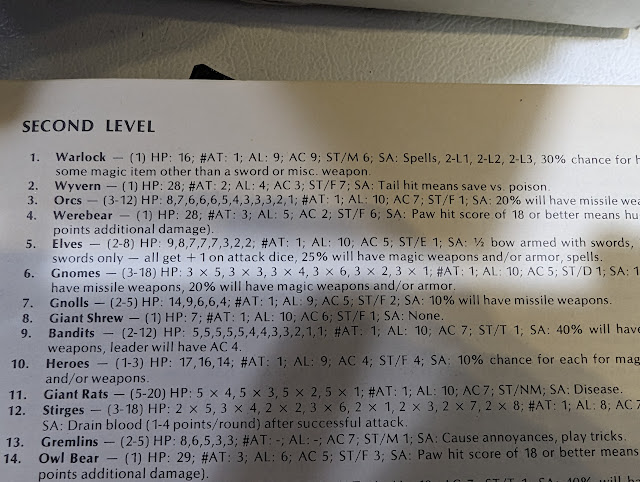



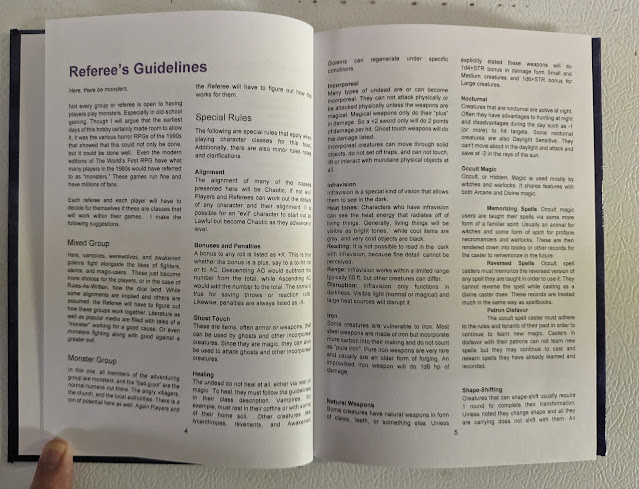
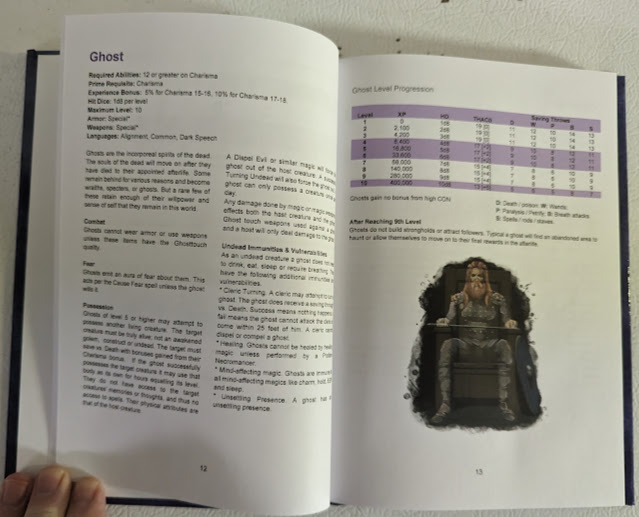
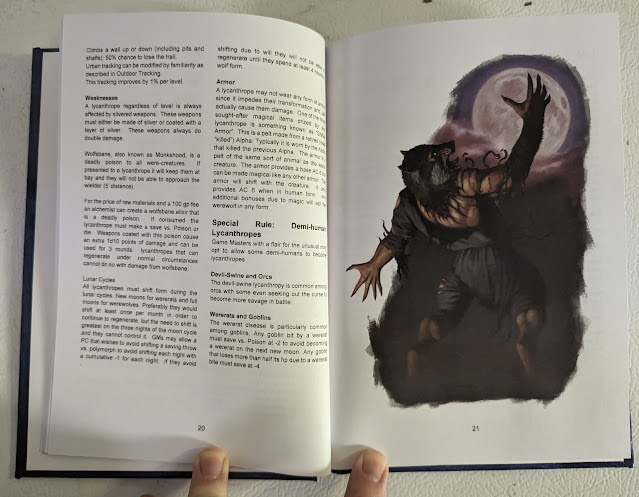


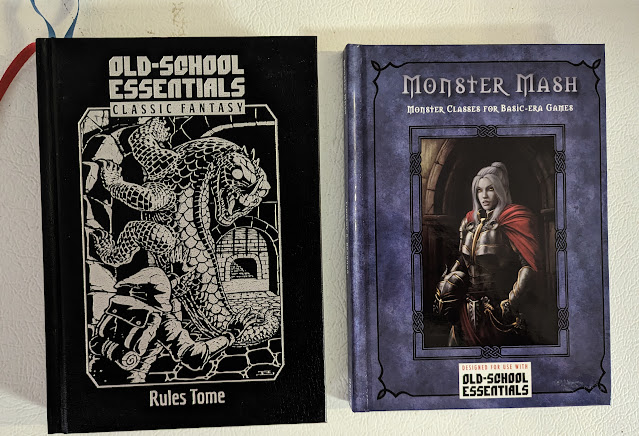
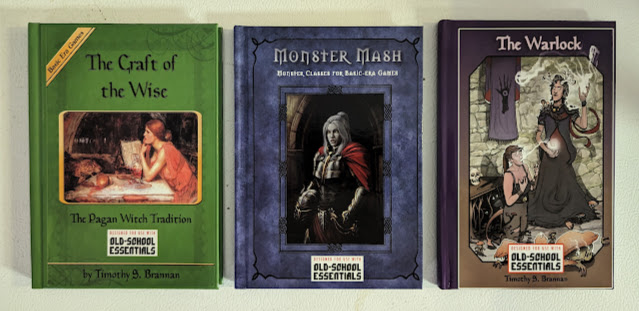

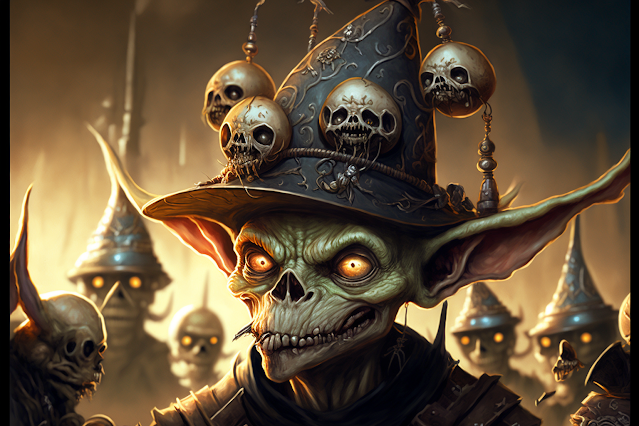


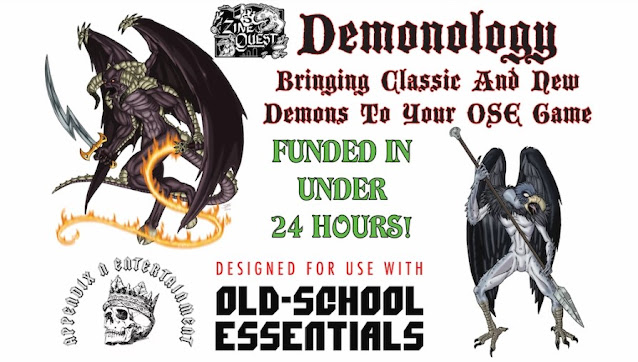
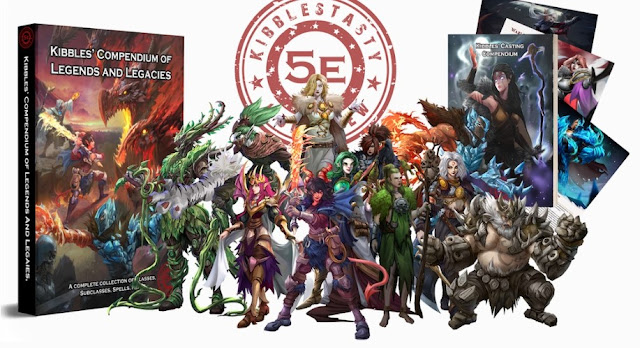


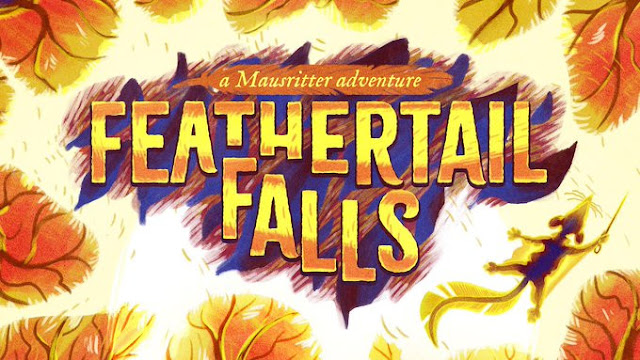
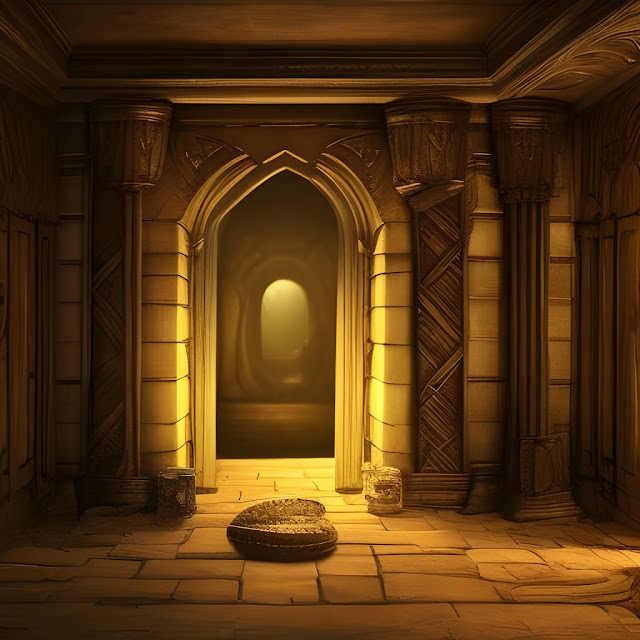

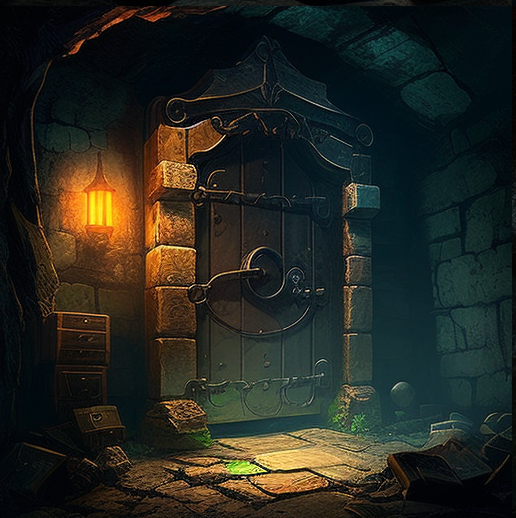




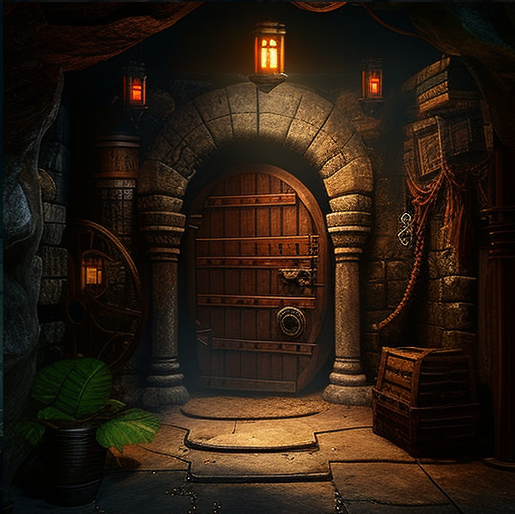
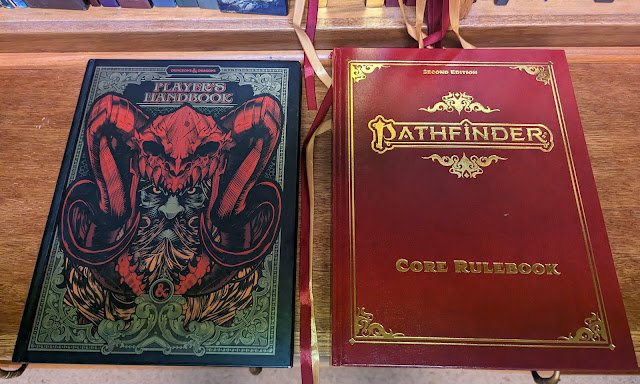

 Requirements Your last action was to Raise a Shield. You adopt a wide stance, ready to defend both yourself and your chosen ward. Select one adjacent creature. As long as your shield is raised and the creature remains adjacent to you, the creature gains a +1 circumstance bonus to their AC, or a +2 circumstance bonus if the shield you raised was a tower shield.
Requirements Your last action was to Raise a Shield. You adopt a wide stance, ready to defend both yourself and your chosen ward. Select one adjacent creature. As long as your shield is raised and the creature remains adjacent to you, the creature gains a +1 circumstance bonus to their AC, or a +2 circumstance bonus if the shield you raised was a tower shield. Range 60 feet; Targets your familiar You draw upon your patron's power to momentarily shift your familiar from its solid, physical form into an ephemeral version of itself shaped of mist. Your familiar gains resistance 5 to all damage and is immune to precision damage. These apply only against the triggering damage. Heightened (+1) Increase the resistance by 2.
Range 60 feet; Targets your familiar You draw upon your patron's power to momentarily shift your familiar from its solid, physical form into an ephemeral version of itself shaped of mist. Your familiar gains resistance 5 to all damage and is immune to precision damage. These apply only against the triggering damage. Heightened (+1) Increase the resistance by 2.

